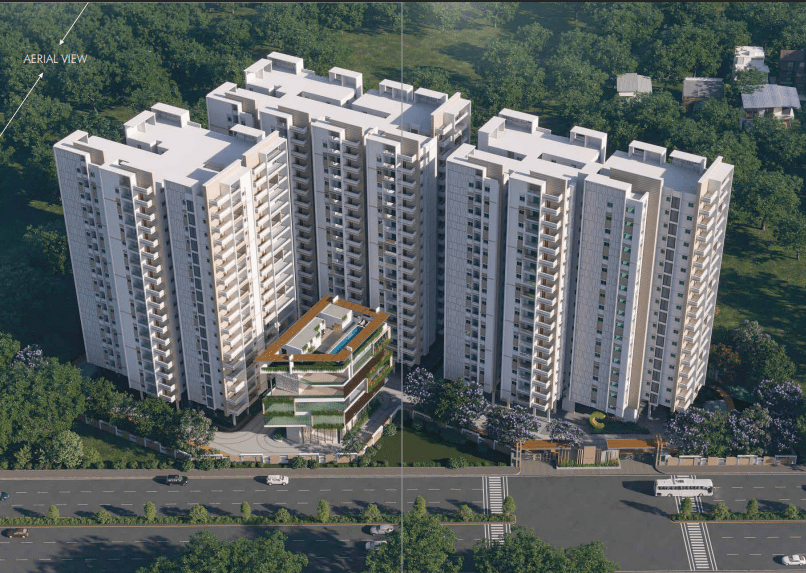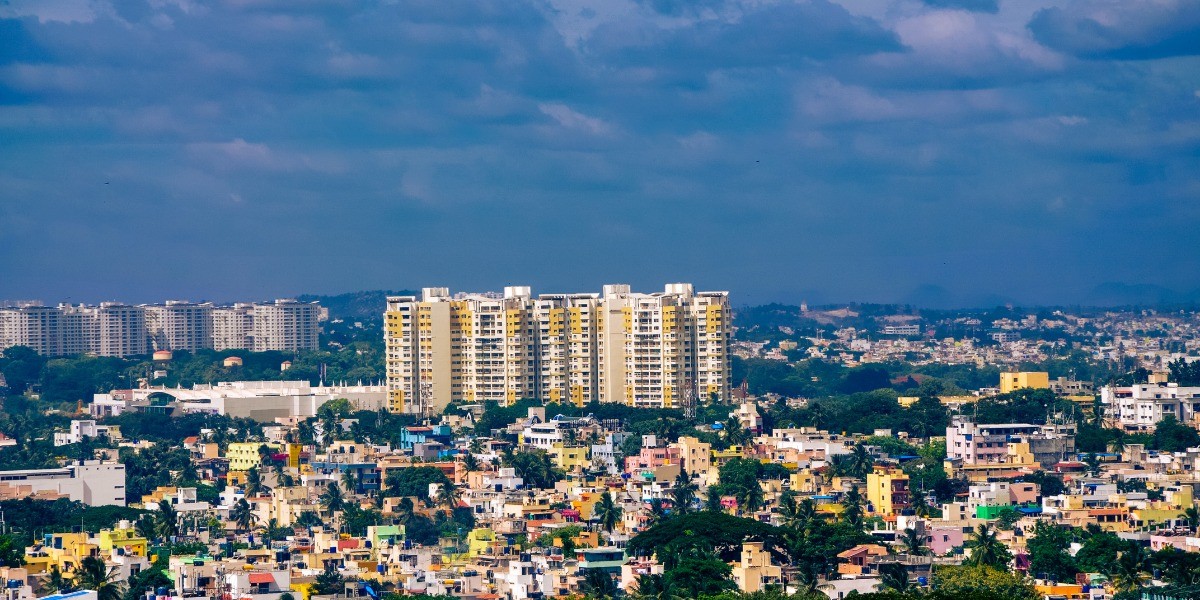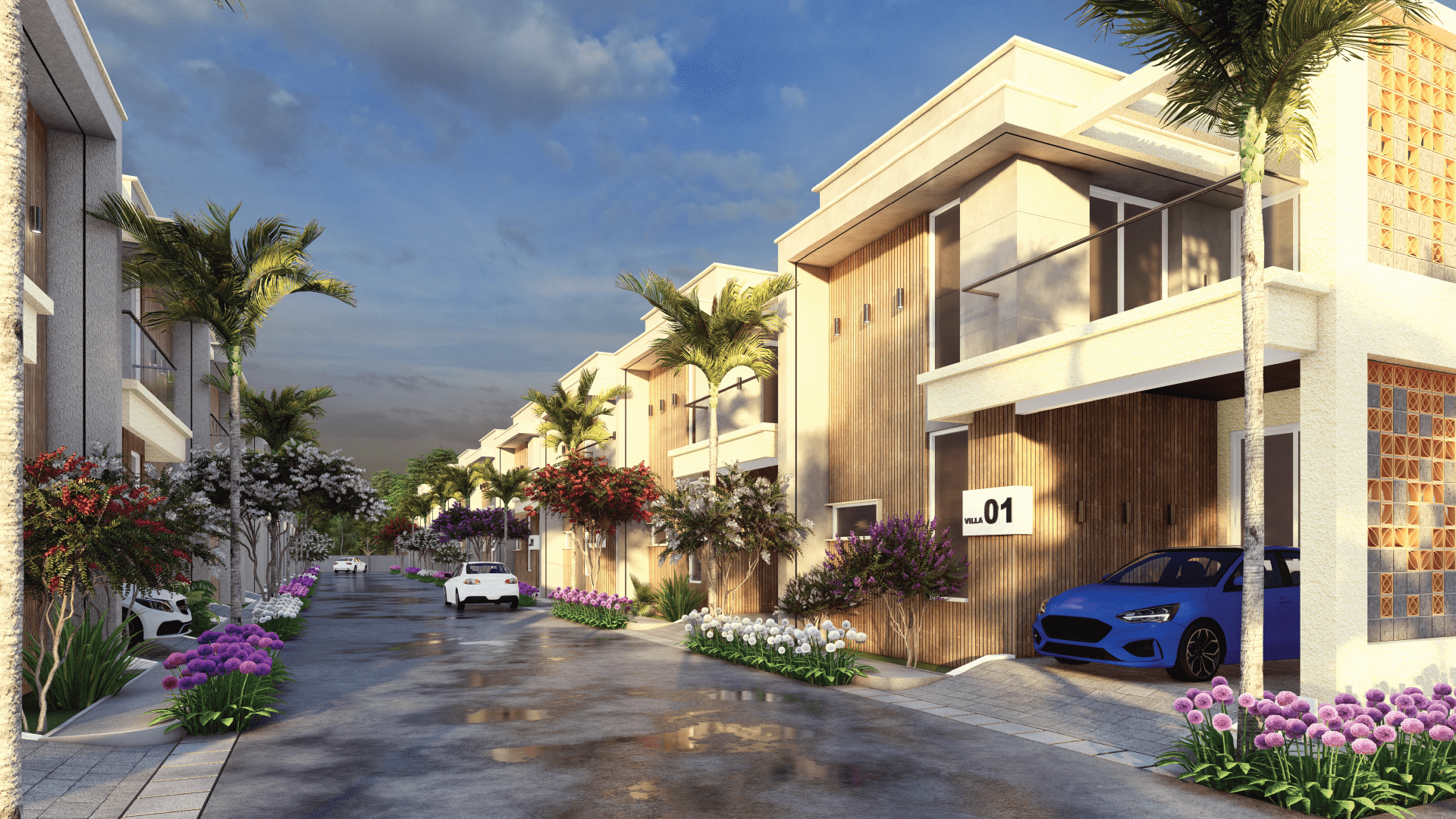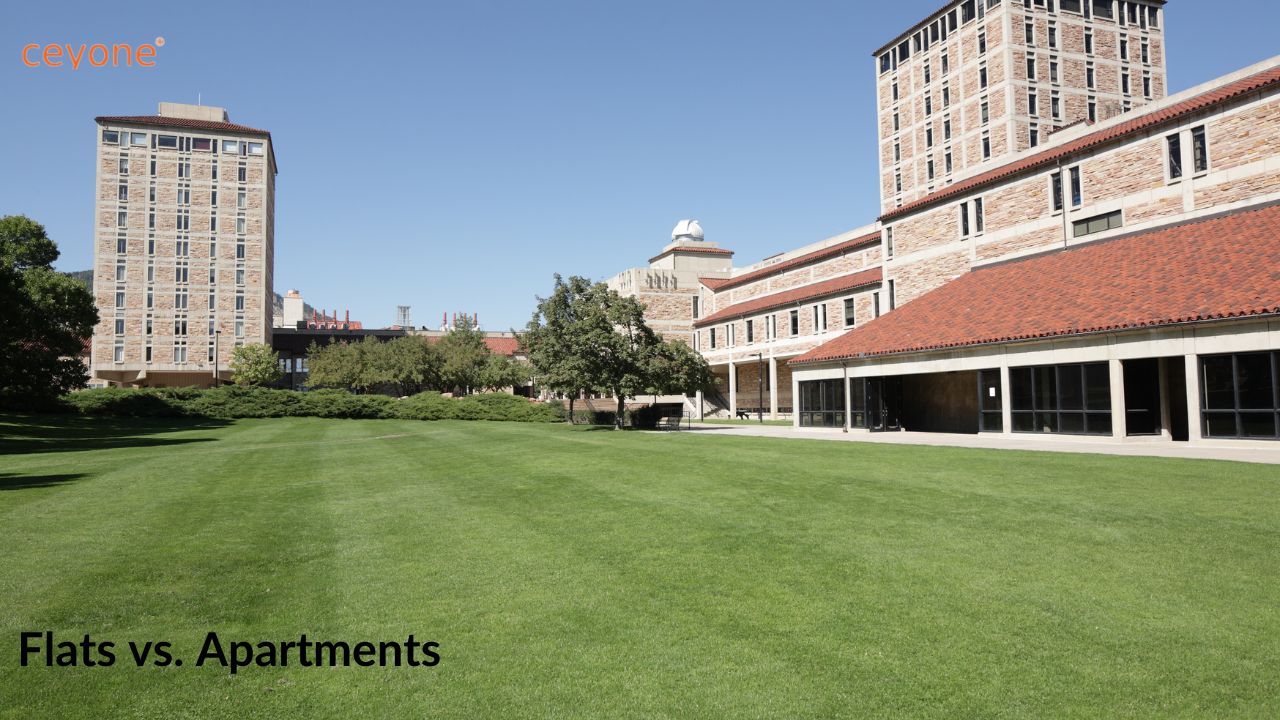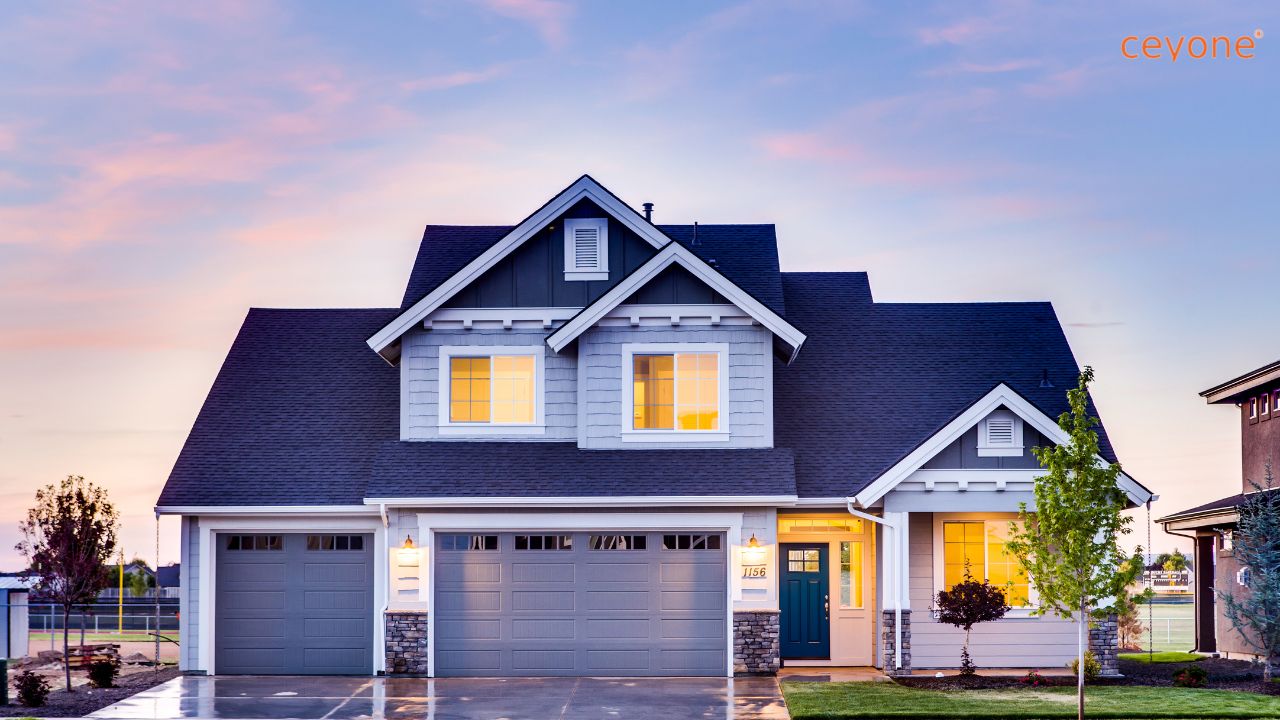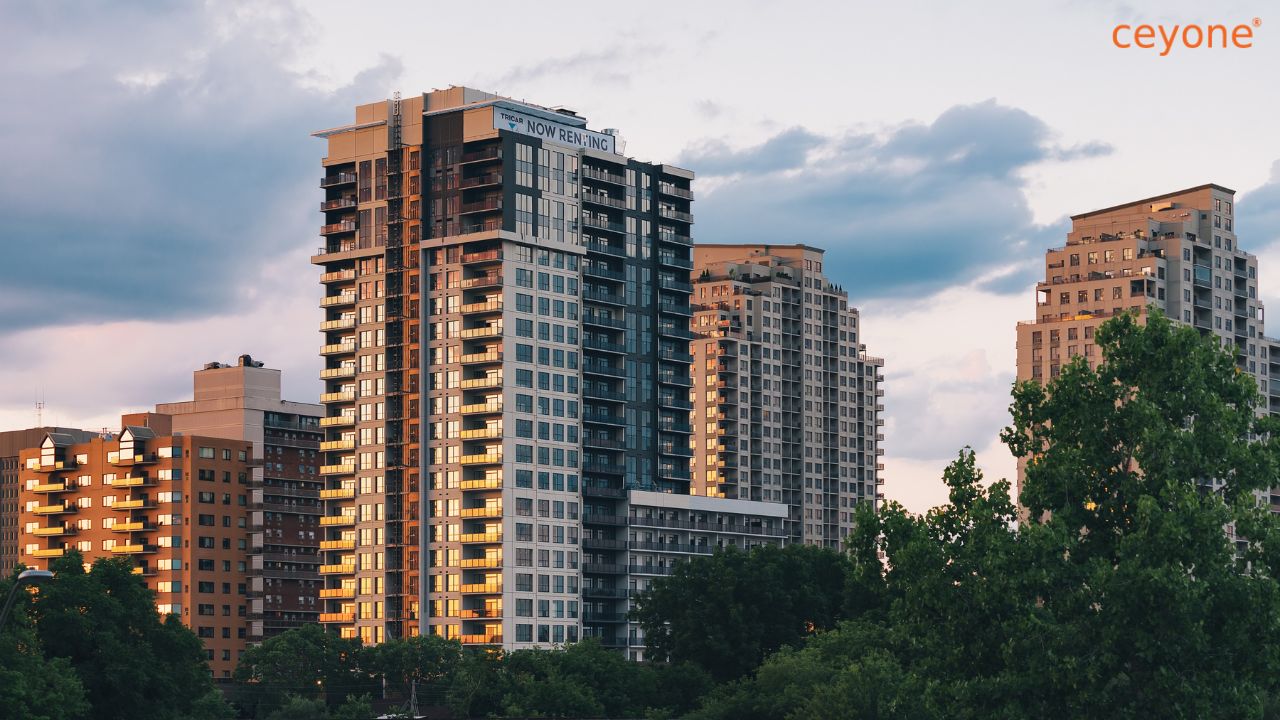4 Proven Ways Infrastructure Projects Skyrocket Property Prices
Discover how upcoming infrastructure projects like metro lines, tech parks, and civic upgrades silently boost property prices. Learn what to watch out for as a smart homebuyer or investor — only at Ceyone.
When we think of rising real estate prices, we often assume it’s all about location, demand, and the project’s brand. But there’s a silent force at play — infrastructure development.
From new metro lines to flyovers and tech parks, infrastructure projects might not shout “price hike!” — but they nudge property values upward in a big way. If you’re a homebuyer or investor, understanding how these quiet transformations work can help you make smarter, future-proof real estate decisions.
Here are 4 ways infrastructure projects quietly push up property prices — and how you can stay ahead of the curve.
1. Better Connectivity = Higher Demand
One of the most direct impacts of infrastructure projects & development is improved connectivity. A newly announced metro line, an under-construction flyover, or even a road widening project can drastically cut commute times and make an area more liveable.
Take Bengaluru for example — localities like Sarjapur, Whitefield, and Hebbal saw significant price jumps once metro and road projects were announced or implemented. What used to be ‘too far’ suddenly becomes ‘well-connected’.
Buyers start flocking in, especially those working in IT hubs or looking for schools, malls, and healthcare nearby. With more demand, prices go up — sometimes even before the project is completed, especially in under-the-radar pockets.
Ceyone Insight: Always look beyond what’s already built. Our experts help you track areas where future infrastructure plans are in motion — because that’s where tomorrow’s growth lives.
2. Boost to Livability Quotient
Infrastructure isn’t just about roads and metros. Think sewage systems, water pipelines, power grids, public parks, street lighting, and footpaths. When a civic body invests in the basics, a locality graduates from “developing” to “developed”.
This improved livability index draws end-users and families who are looking for a wholesome lifestyle — and not just a flat. As social infrastructure (like schools, hospitals, and retail spaces) starts to follow, the real estate sentiment turns positive, and prices follow suit.
Often, these upgrades are silent and don’t make headlines — but they change the way people perceive the area. Property appreciation here is more organic and sustainable.
Ceyone Insight: We don’t just talk price per sq. ft. — we look at community health, social infrastructure, and long-term value for your family.
3. New Employment Hubs = Increased Rental Yield
Whenever the government or private sector announces a tech park, SEZ, or industrial corridor, it’s not just job seekers who get excited — savvy real estate buyers do too.
That’s because new job hubs lead to in-migration, and with it, a spike in housing demand and rental yield. Areas like Devanahalli (near BIAL), Electronic City Phase 2, and parts of Hyderabad’s Financial District have experienced this firsthand.
Even if you’re not planning to move in, a well-located home near future employment zones can give you excellent rental income — especially when supply is still catching up with demand.
Ceyone Insight: With a growing number of professionals moving to cities like Bangalore and Hyderabad, owning a home near upcoming work zones is a smart investor play.
4. Speculation Triggers Early Appreciation
Let’s be honest — in real estate, news spreads fast. The moment infrastructure projects are announced, real estate whispers start: “The new metro line is coming here” or “An expressway is being planned nearby”.
Even before a brick is laid, this speculation fuels early investment — especially from those who know the market. Developers may launch projects early. Buyers rush in hoping to “lock the price before it rises”. Over time, the area becomes a self-fulfilling prophecy, and prices rise accordingly.
Yes, there’s risk — because not all announced projects take off on time. But with proper due diligence and guidance, you can enter the market early and ride the wave of appreciation.
Ceyone Insight: Our team keeps track of active infrastructure tenders, timelines, and ground reality — so your investment isn’t just speculative, but strategic.
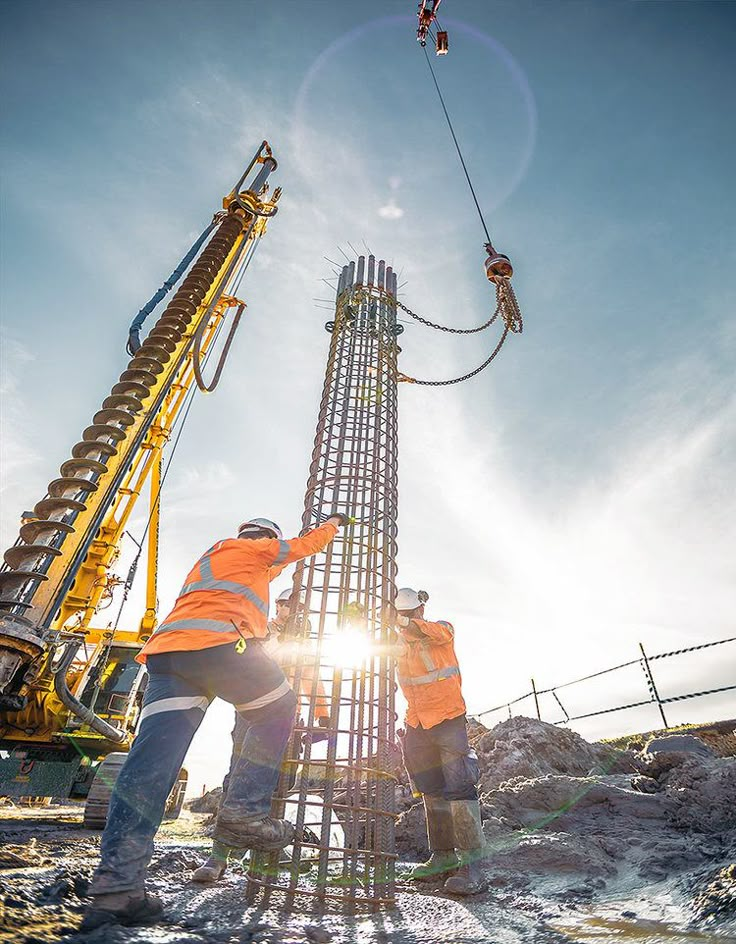
So, What Should You Do as a Homebuyer or Investor?
Keep your eyes on infrastructure — but with clarity.
- Don’t wait until the project is completed. By then, the price hike is often already baked in.
- Use infrastructure as a filter, not the only criteria. Combine it with livability, builder reputation, and resale potential.
- Follow upcoming zones where infrastructure + affordability intersect. That’s your sweet spot.
At Ceyone, we specialise in helping buyers decode not just what a property offers today, but what it could become tomorrow — thanks to thoughtful tracking of infrastructure growth and urban trends.
Whether you’re buying your dream home or your first investment flat, make sure you’re not just buying square footage — you’re buying into a zone of future value.
Final Thought
Infrastructure is the silent catalyst of property appreciation. It works in the background, quietly turning far-flung areas into hot zones and average plots into premium real estate. If you spot the signs early and invest smartly, you don’t just buy a home — you buy into the future.
Want to know where the next infrastructure-driven boom will be?
Connect with Ceyone today — and let’s map your future together.

